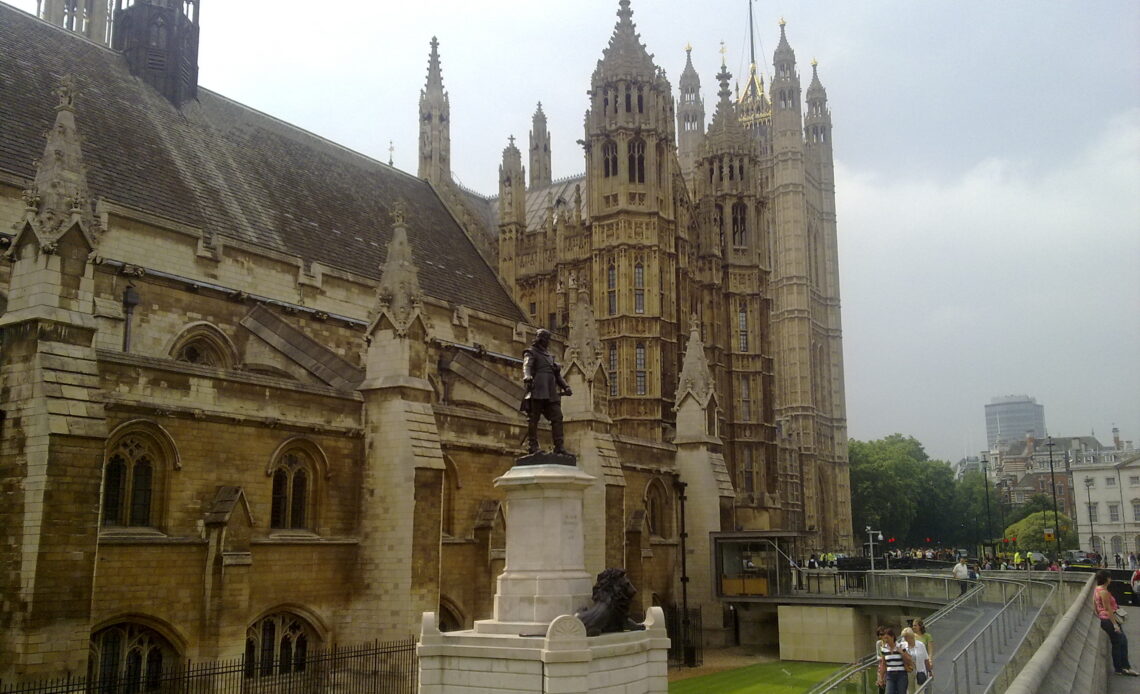
On Wednesday, 14 September, Queen Elizabeth II’s body will process from Buckingham Palace to the Palace of Westminster, where it will lie-in-state in Westminster Hall.
Westminster Hall is the oldest surviving part of the medieval Palace of Westminster, now a part of the parliament buildings (also known as the Palace of Westminster in the present day). It was first built in 1097 under King William II, with significant work done during King Henry III and King Richard II’s reigns. It was under Richard that the statues of kings were added.
The hall has served several different purposes over the last thousand years.
For nearly seven centuries, coronation banquets were held in Westminster Hall, with King George IV the last to hold his there. As we will see this week, it is also used for the lying-in-state of monarchs, as well as their consorts.
Westminster Hall has played host to several significant political moments. When both the House of Commons and House of Lords have presented a ceremonial Address to the Crown, both houses will meet in the hall. They have been five times during Queen Elizabeth II’s reign: the Silver Jubilee (1977), the 300th anniversary of the Glorious Revolution (1988), the 50th anniversary of the end of World War II (1995), the Golden Jubilee (2002), and the Diamond Jubilee (2012).
It also served as a judicial space until the late 19th century, as it housed the Court of King’s Bench, the Court of Common Pleas, and the Court of Chancery. Several state trials were held in Westminster Hall, including that of King Charles I, Guy Fawkes, and Sir Thomas Moore.
Queen Elizabeth’s body will lie-in-state for four days at Westminster Hall beginning on 14 September, with the hall open twenty-four hours a day. Officials believe that over 750,000 people will come to view Her Late Majesty’s body and pay their respects.

